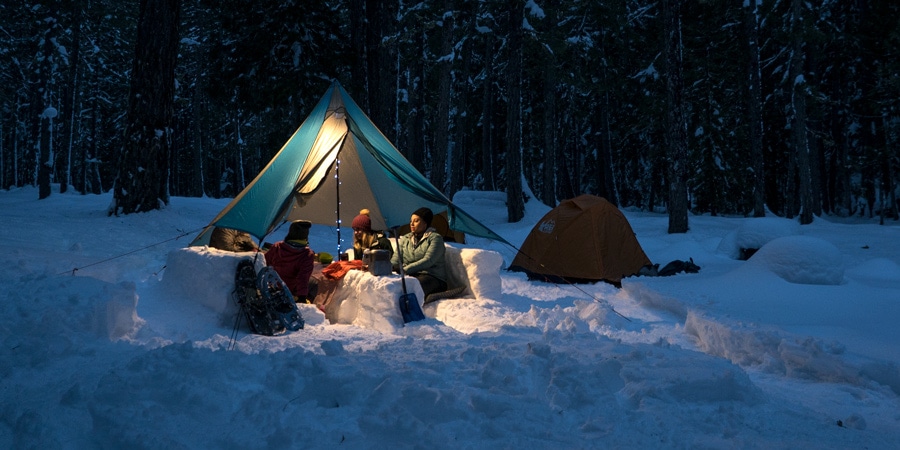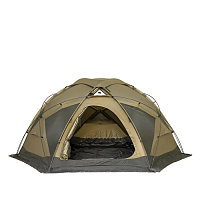Cart
Winter Camping: How to Deal with Snow and Wind
Winter camping can be an exhilarating and rewarding experience, but it also comes with its own set of challenges. Dealing with snow and wind requires careful preparation and knowledge to ensure a safe and enjoyable trip. In this article, we will explore practical tips and techniques to help you navigate the winter elements while camping. From snow management to wind protection, we've got you covered.

Choosing the Right Campsite
Snow Management
Wind Protection
Proper Layering and Insulation
Snow and Wind Safety Measures
Proper Food and Hydration
Equipment Maintenance
Conclusion:
Winter camping can be an exciting and memorable experience when you know how to deal with snow and wind. By choosing the right campsite, managing snow, protecting yourself from the wind, layering properly, and taking necessary safety measures, you can enjoy a safe and comfortable winter camping adventure. Embrace the beauty of the winter landscape and create lasting memories in the great outdoors.
- Contact Us
-

About Pomoly
Pomoly is a leading camping brand specializing in hot tents and tent stoves. We are camping life explorer, Follow Page / Join Group, let's make camping enjoyful together!
Working Hours
Mon-Fri, 09:00 - 17:00

- Company Info
- NEWS
- About us
- Pomoly Name
- Leave-No-Trace
- Contact Now
- Facebook Group
- YouTube Learning
- Product News
- Contact Us
- Topic Collections
- Policies & Terms
- Payment Policy
- Shipping Policy
- Return & Refund
- Privacy Policy
- Terms of Use
- Tax Policy
- Website Disclaimer
- Safety Disclaimer
- Warranty Policy
- Promotion Policy
- Pre-order Policy
- INTELLECTUAL PROPERTY RIGHTS
- Dealers Agreement And Terms
- Become Affiliate
- User Center
- Forget Password
- My Orders
- Tracking Order
- My Account
- Register
- Popular Searches
-
Tipi Tents Dome Tents Camping Tent Hammock Stove Camping Camping Pellet Stove Circle 6 Titanium Water TankDome X Locomotive 20 LEO 2 camping tent T-Brick 2.0 T1 2.0 tent stove Dweller wood stove Oroqen 2.0 Chimney Water Tank Lumberjack STOVEHUT Bromance 70 Tipi Pomoly Coupon Baker Oven Stove Titanium elbow Fire Pits Tent Stove titanium Stove Outdoor Pellet Stove
keebon pellet stove






